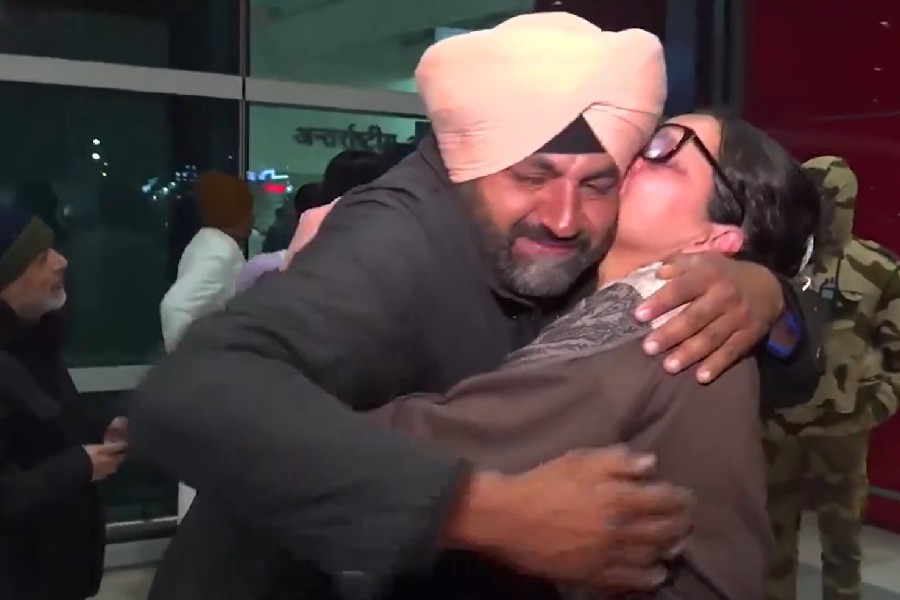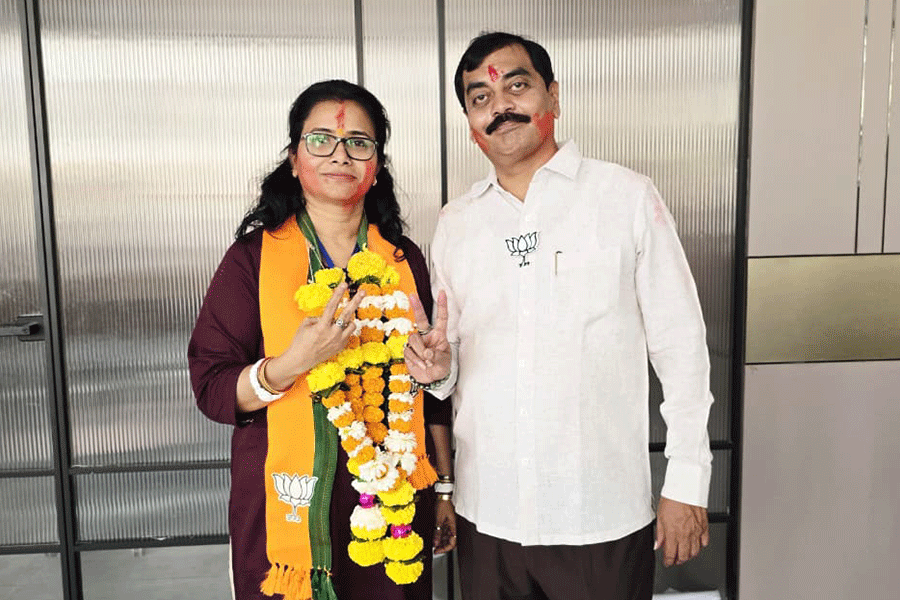 |
| A DIFFICULT COURSE |
The rupee hovered alarmingly close above the Rs 60 level last week as the Congress-led UPA rushed to calm the nation’s nerves with reform pledges and fightback assurances against the dollar. But the Indian currency was under far worse pressure in the past. Jayanta Roy Chowdhury turns back to two distinct periods in India’s recent past — 1966 and 1991 — when the government devalued the rupee and the economy went through contrasting experiences.
On June 5, 1966, the then Prime Minister Indira Gandhi had already taken a decision to go ahead and devalue the rupee a huge 60 per cent the next day. People close to her say she watched Dr Zhivago to get over her nervousness over the momentous decision. It was a big step. She would be devaluing the rupee, which stood at about Rs 4.76 to the dollar, to Rs 7.50 to the dollar — everything India bought from the international market would become that much costlier.
In the words of B.G. Verghese, her information adviser, “the storm broke the next day”. Till 1966, the Indian currency, which was pegged to the British pound, was an officially or unofficially acceptable tender over a large part of Asia and Africa, from Beirut to Hong Kong.
After the devaluation, the rupee suddenly turned a global pariah, with few takers anywhere. Huge trade and fiscal deficits, an end to aid from the West (a punishment for defending itself against an unprovoked attack by Pakistan) and a rising oil bill are among the factors that prompted Mrs Gandhi to take the step. The idea was that the devaluation would help India sell more abroad and earn the much needed dollars to pay for its imports of oil, food and machinery.
Exports did not surge as expected and Indian financial prestige suffered even further. Import substitution and austere curbs on the import of most goods helped Mrs Gandhi’s government to stave off embarrassing foreign exchange flow problems.
Cut to July 1991, Manmohan Singh managed to persuade his boss, the then Prime Minister P.V. Narasimha Rao, to agree to devalue the rupee around 20 per cent in two steps to Rs 25.95 in an operation code-named “Hop-Skip and Jump”. Rao, too, was nervous. Since 1975, the rupee had been pegged to a basket of currencies, which included the dollar, yen, pound and deutsche mark.
That time round, however, the “jump” happened. The slew of reforms that followed, including the partial decontrol of the rupee and the trade and investment liberalisations, unleashed a “caged tiger”. Though the trade deficit quickly rose after falling for a few years, a surge in foreign investment inflows saw India’s financial fundamentals strengthening and global prestige rising.
June 2013 is no different. India’s annual fiscal deficit has hit an all-time high of Rs 4,90,00 crore, while its trade deficit for 2012-13 stood at over $190 billion. For just the single month of May, the trade deficit was around $20 billion.
This time, however, the rupee was not pegged. It was on a free float and the market decided what its worth was. One month of aggressive selling by global financial giants in India’s bond market had helped to push the rupee down by 12 per cent, with the currency losing 1.4 per cent in just one single day, on June 20.
The question in many people’s minds is whether Dr Singh will be able to recreate his 1991 magic and match the fall of the rupee with the unleashing of a wave of reforms, which will take India forward; or will it be the 1966 story, a drop in the value followed by more economic disasters.
The problem for Singh and his lieutenant, finance minister P. Chidambaram, is that they are hamstrung by two major problems — lack of sufficient support in Parliament to push through significant reforms such as raising the foreign investment cap in insurance and the paucity of time — the general elections are slated for early next year and in a few months from now, the government will have to slip into a populist mode.
Some tweaks can be expected — increase in gas prices, raising the cap on foreign investment in defence and telecom — decisions which do not require legislative approval. However, the biggest obstacle to reform remains red tape.
Singh and his team have taken some wise decisions. For instance, the government has not banned gold imports or raised taxes, as this would have encouraged smuggling. But this is not enough; more such common-sense decisions could save the day for the Congress-led government.










